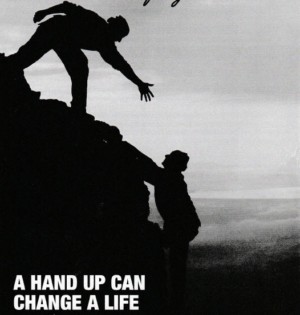In my years of coaching and consulting it no longer surprises me when a client tells me, ‘our company doesn’t do a good job of identifying/selecting/developing/ promoting managers’. Self-servingly I could offer that companies should hire more management effectiveness coaches but that isn’t the whole story.
Despite decades of books written, passionate TED Talks, courses offered, degrees proffered, and programs conducted, most organizations still don’t get it right, if they make any effort at all.
Whether large or small, the real issue is whether the organization has a strategic value of developing people and makes a concerted effort to systematically address this problem.
Bigger companies may have more capacity get this right than smaller ones: they have a larger talent pool to draw upon, larger budgets to spend on executive development, and more opportunities to make lateral assignments. But they still may not give this priority, or may merely pay lip service to the process. Smaller organizations may have more limited resources but if the values are real they can still execute on the essentials.
Typically committed organizations do the following things, consistently, over time:
➢ They have management/leadership competency profiles which they have seriously thought through, not mere boilerplate or motherhood and apple pie);
➢ deliberately and frequently model and reinforce the desired behaviors associated with those competencies;
➢ They evaluate individual managers against these competency profiles and give them clear feedback;
➢ They expect those managers to craft a development plan each year that addresses in some way the feedback with respect to the competency profile (and not limited to weaknesses or gaps);
➢ They expect superior managers to provide developmental feedback and guidance throughout the year (in a word, coaching), and
➢ They provide budget to supplement learning in the managers’ development plan;
➢ The superior sets aside time to do a periodic review of each manager’s development plan with him or her, at least once mid-year.
➢ Organizations committed to management and executive development have in place some form of succession plan that provides short-term contingency and mid- to long-term succession for its senior management team. Succession plans are updated in a regular and timely way;
➢ They identify a pool of high potential performers who are likely to progress in the succession plan. (This process is carefully managed by the most senior officer in the organizational unit to ensure candour and objectivity and no politicking or games!);
➢ Proactively they assign people to new projects to give them lateral exposure. Sometimes these assignments may take the form of ‘Executive Assistant’, a sort of an apprenticeship for potential executives;
➢ When a critical vacancy occurs the CHRO and other executives refer to the succession plan and high potential inventory and make appointments from it, likely in a series of moves, thus increasing the developmental opportunities. This also lends legitimacy to the organization’s espoused value of commitment to career development for its employees.
How many of you work in organizations like this?
I didn’t think so.
Check out my book: The Dynamics of Management at lulu.com






